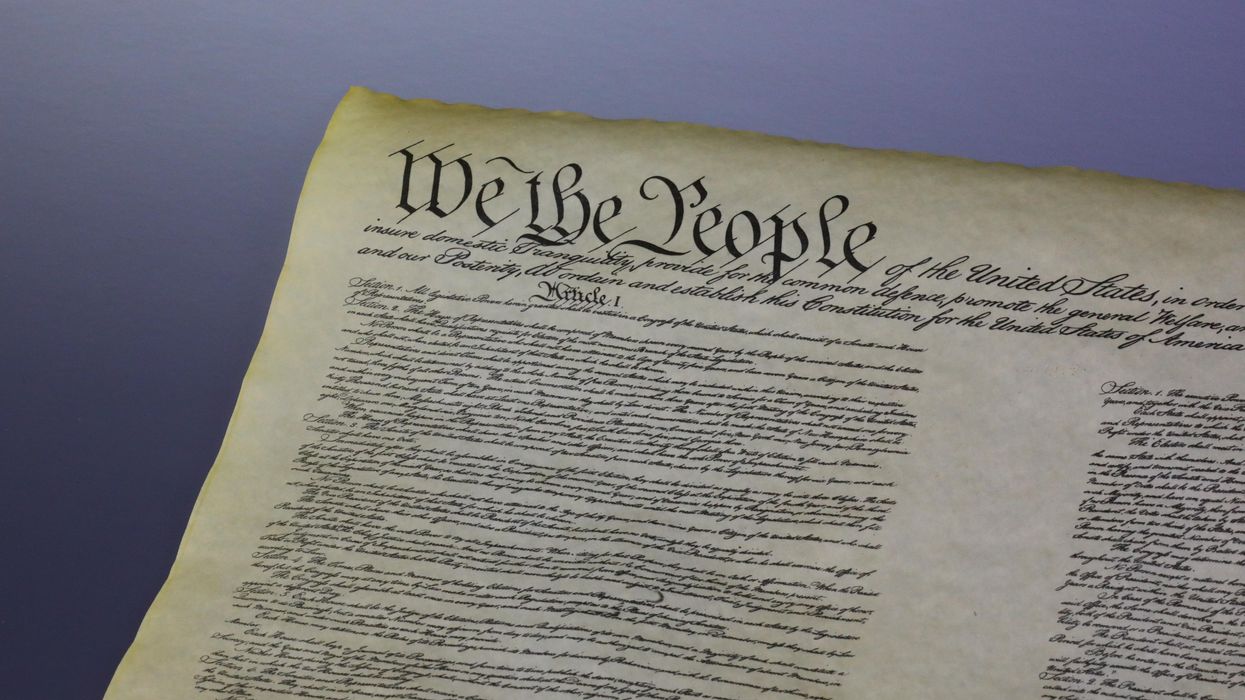Frazier is an assistant professor at the Crump College of Law at St. Thomas University. Starting this summer, he will serve as a Tarbell fellow.
When the Framers sat down to think about the best form of government for America, they had few good reasons to think a republic would succeed. Looking back at historical examples of failed democracies and oppressive autocracies, James Madison and the other members of the Constitutional Convention quickly saw that building a durable government is easier said than done.
Though republics, too, had their faults, the Framers believed that they had taken sufficient precautions to reduce the odds of worst-case outcomes. They gave us a Goldilocks Constitution. Not too hot — meaning the nation would not be governed by the whims of temporary political winds. Not too cold — able to respond to crises and controversies. Just right — insisting upon deliberate and deliberative processes to lead to effective and legitimate governance.
In short, they didn’t think the Constitution was perfect but they were convinced it would be resilient. Our Goldilocks document, however, has shown signs of no longer being able to moderate extremism. We’re running too hot — short-term political thinking often determines our governing agenda and too cold — problems that require sustained and substantial political attention have been ignored or, worse, deemed too hard to solve.
Getting back to the Goldilocks Zone means restoring our faith in and demand for democratic processes. Our shared priority should be holding each branch of government accountable for adhering to their respective roles: an executive branch that governs less by executive order and more by effective administration; a judicial branch that adjudicates as impartially as possible and leaves policy decisions to the political branches; and a legislative branch that timely passes the laws required for the nation to keep moving forward. Of course, this requires holding ourselves and our fellow Americans accountable for accepting the results of this process even when they may not precisely align with our own ideological preferences.
Scholars often think the Framers had an end destination in mind when they wrote the Constitution — they scour diaries, journals and other scraps of history like Nicholas Cage in the “National Treasure” movies to find some hidden message in between the document’s relatively few lines. Unsurprisingly, no one has discovered the one North Star that neatly resolves all the ambiguity and uncertainty within the Constitution. My own two cents is that they should stop looking — the Framers weren’t trying to point us in a specific direction so much as they were trying to make sure we didn’t drive off a cliff.
Thinking of the Constitution as a set of guardrails rather than a compass should free us to focus less on litigating the past and more on following the processes they set forth to ensure a resilient, workable government. This constitutional framework should also nudge us to more vigorously defend those processes against political forces that think their policy goals are more important than our democratic longevity.
The Framers intentionally developed a system that sniffs out shortcuts and decreases the need for detours — the best way forward is through. Let’s make sure each branch does its job; let’s show up at the polls; let’s monitor whether politicians, agencies and judges play by the rules of the game. The sooner we all collectively embrace a Goldilocks Constitution as a good thing, the sooner we can fulfill our respective roles as citizens: protecting our Constitution, our elections and our laws against all threats.




















